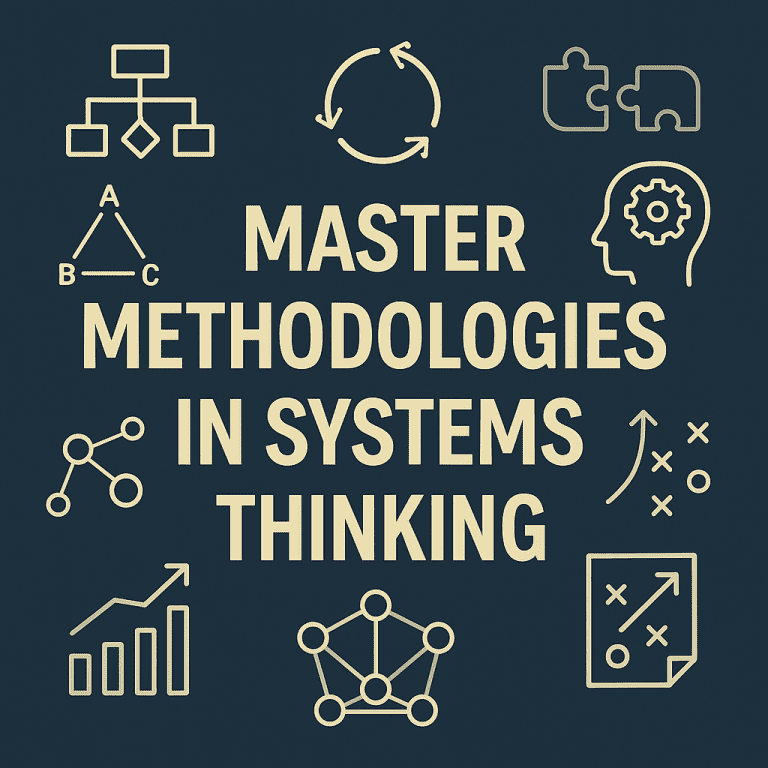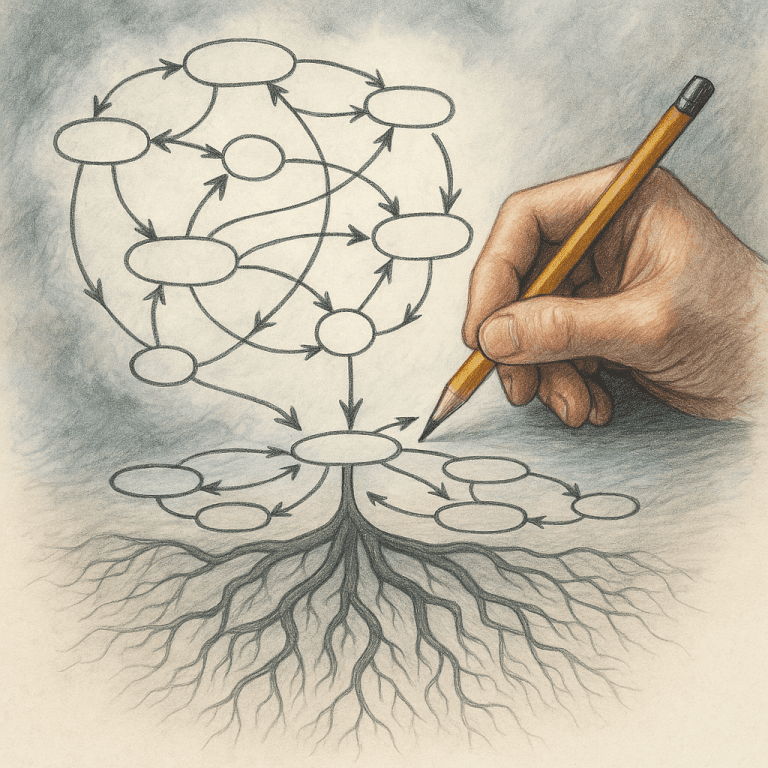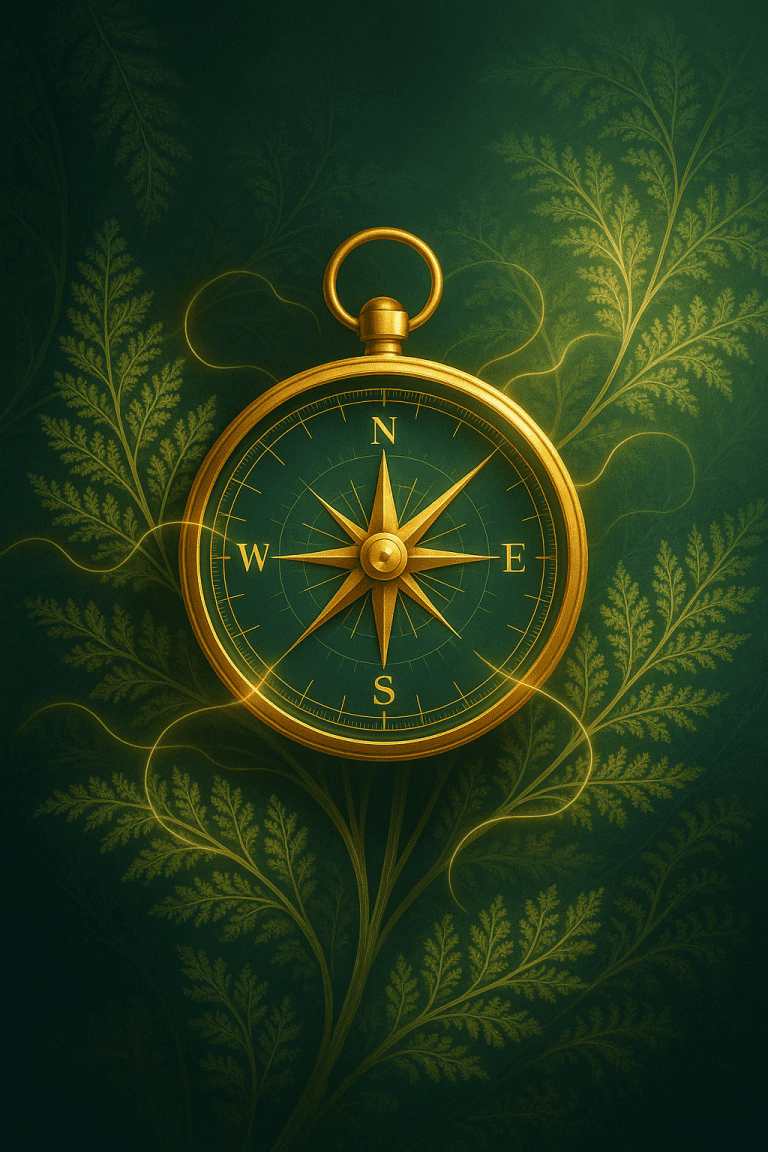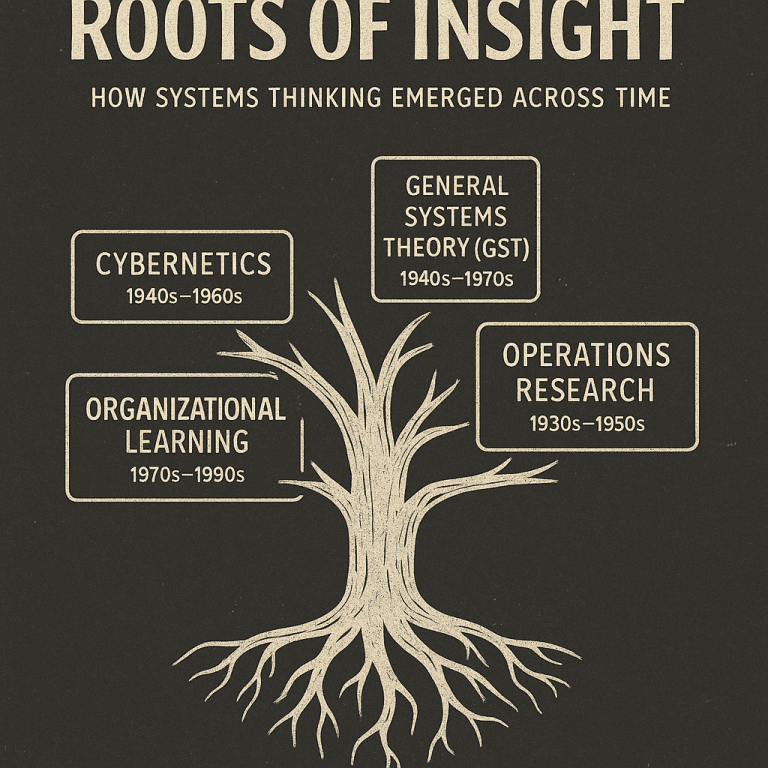Master Methodologies in Systems Thinking
Which Approach to Use — and When At a certain point in your systems thinking journey, elegant mental models and foundational diagrams, while indispensable, stop being enough. The patterns grow denser. The feedback loops multiply. And the consequences of your work deepen. That’s when you turn to the master tools — the heavyweight methodologies forged…










